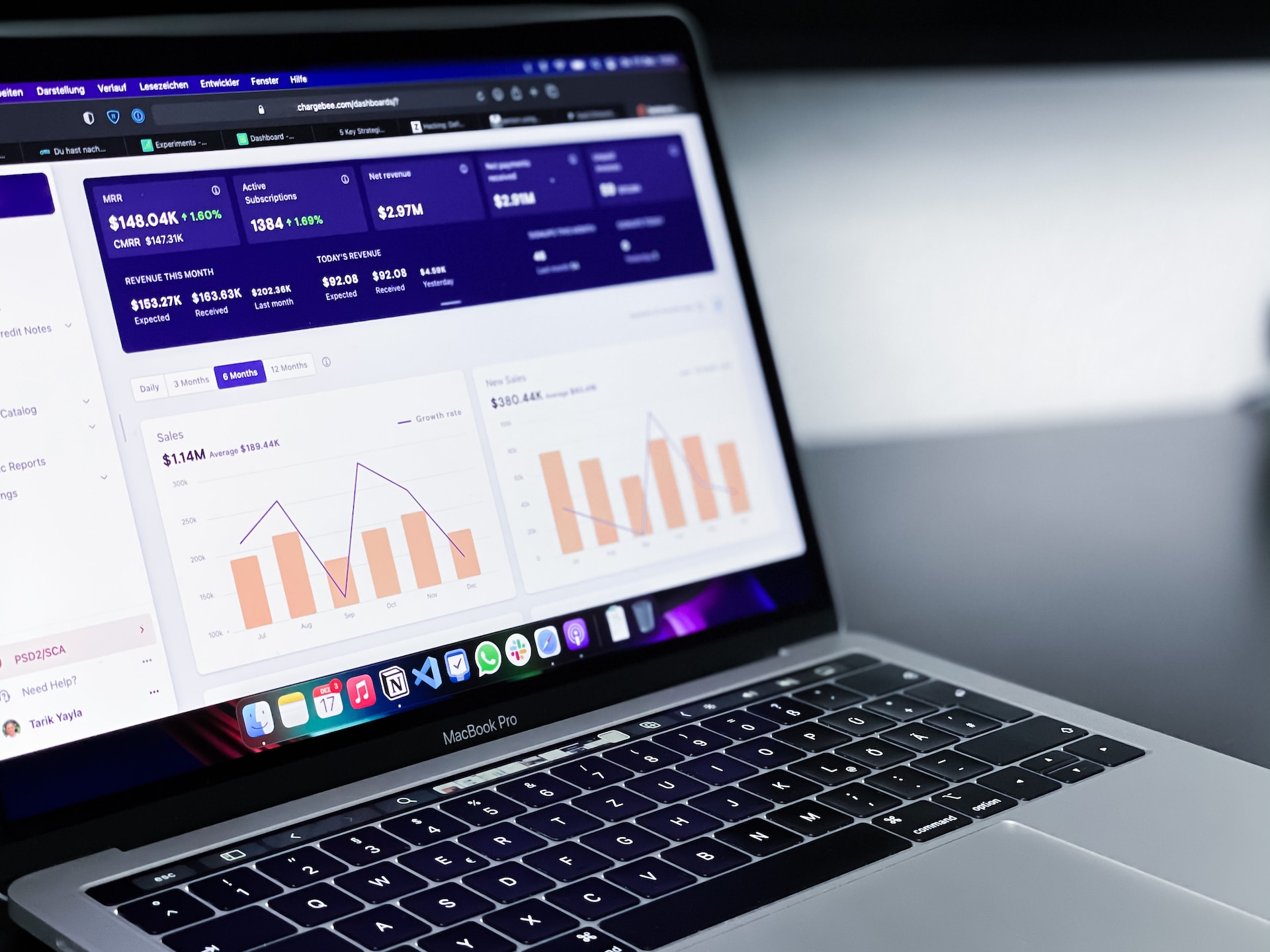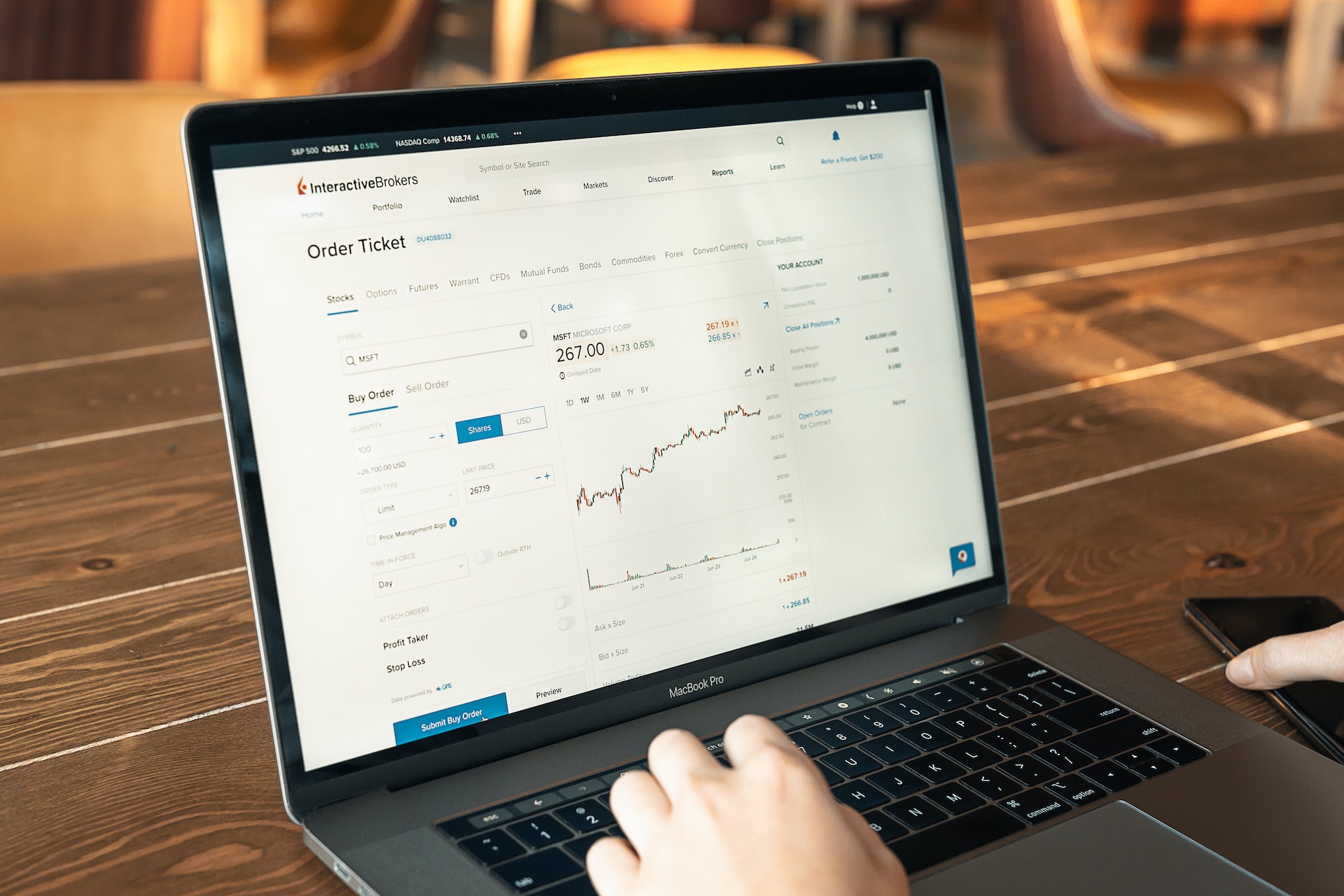Summary
Learn about the importance of retention rate, why it's a crucial metric for business success, and discover strategies to optimize and influence your retention rate for long-term growth.
What is a retention rate?
Retention rate refers to the percentage of customers or users who continue to engage with a product, service, or business over a specific period of time. It is a crucial metric for measuring the success of customer acquisition and engagement strategies, as well as the overall health and growth potential of a business.
Calculating Retention Rate
Retention rate can be calculated using the following formula:
Retention Rate = ((Number of customers at the end of the period - Number of new customers during the period) / Number of customers at the beginning of the period) x 100
By tracking retention rate over time, businesses can identify trends, measure the effectiveness of their customer engagement efforts, and make data-driven decisions to optimize their strategies.

Why Retention Rate is Important
Retention rate is an essential metric for several reasons:
1. Customer Lifetime Value
A high retention rate indicates that customers are continuing to engage with and derive value from a product or service. This leads to increased customer lifetime value (CLV), which measures the total revenue a business can expect from a single customer throughout their entire relationship.
2. Cost Efficiency
Acquiring new customers can be expensive, with costs associated with marketing, advertising, and sales efforts. Retaining existing customers is typically more cost-effective, making retention rate a critical factor in maximizing return on investment (ROI) for customer acquisition and marketing expenses.
3. Customer Advocacy
Satisfied, long-term customers are more likely to become advocates for a brand, recommending it to their friends, family, and colleagues. This can lead to organic growth through word-of-mouth marketing and positive online reviews, further amplifying the importance of retention rate.
4. Predictable Revenue
A high retention rate contributes to more predictable revenue streams, as businesses can more accurately forecast their income based on existing customer relationships. This stability enables better planning and resource allocation, ultimately supporting long-term growth and success.
How to Improve Your Retention Rate
To improve retention rate, businesses must focus on providing an exceptional customer experience, understanding and addressing customer needs, and fostering long-term relationships. Here are some strategies to help you influence and optimize your retention rate:
1. Provide Outstanding Customer Support
Exceptional customer support is a key factor in retaining customers and keeping them satisfied with your product or service. Consider the following tactics:
- Implement multiple support channels, such as email, live chat, and phone, to make it easy for customers to reach you.
- Offer 24/7 support or extended hours to accommodate customers in different time zones or with varying schedules.
- Invest in ongoing training for your support team to ensure they can effectively address customer concerns and provide accurate, helpful information.

2. Regularly Engage with Your Customers
Maintain open lines of communication with your customers to keep them engaged and informed about your product or service. Some ways to engage with customers include:
- Email newsletters with updates, promotions, and valuable content.
- Social media interactions, sharing relevant information, and responding to comments and messages.
- Personalized outreach, such as check-in calls or emails, to show customers you care about their experience and success.
3. Solicit and Implement Customer Feedback
Listening to your customers and acting on their feedback demonstrates that you value their opinions and are committed to continuous improvement. Consider these approaches:
- Send customer satisfaction surveys to gather feedback on your product or service, as well as your support and engagement efforts.
- Implement a system for tracking and addressing customer feedback, such as a ticketing system or a dedicated feedback portal.
- Communicate with customers about the changes you've made based on their feedback, showing them that you take their input seriously and are working to improve their experience.
4. Offer a Seamless Onboarding Experience
A smooth onboarding process helps new customers understand and effectively use your product or service, setting the stage for a successful long-term relationship. To enhance your onboarding experience, consider the following:
- Provide clear, concise documentation and tutorials that cover essential product features and functionality.
- Offer personalized onboarding assistance, such as one-on-one training sessions or guided walkthroughs, to help customers get started with your product.
- Implement in-app messaging or tooltips to guide users through critical workflows and features, ensuring they can quickly become proficient with your product.
5. Continuously Improve and Update Your Product or Service
By continuously refining and updating your product or service based on customer needs, market trends, and technological advancements, you demonstrate your commitment to providing value and staying competitive. Keep these points in mind:
- Regularly assess your product's performance, features, and design, identifying areas for improvement and enhancement.
- Stay informed about industry trends and emerging technologies to ensure your product remains relevant and innovative.
- Communicate product updates and improvements to your customers, highlighting the value these changes bring to their experience.

6. Implement a Customer Loyalty Program
Customer loyalty programs can incentivize long-term engagement, reward repeat business, and strengthen the relationship between customers and your brand. When designing a loyalty program, consider the following:
- Offer exclusive discounts, promotions, or rewards to loyal customers, encouraging repeat purchases and increased lifetime value.
- Create tiered loyalty programs with escalating benefits, motivating customers to continue engaging with your product or service to access higher-tier rewards.
- Leverage personalized offers and recommendations based on customer behavior and preferences, ensuring your loyalty program remains relevant and enticing.
By focusing on these strategies and consistently prioritizing customer satisfaction, you can positively influence your retention rate and foster long-term, valuable relationships with your customers.
Related Courses
Describing the ROI of Design
Learn business school tactics to build credibility, gain influence & drive impactful design work at any organization
Survival Metrics: Prioritization for Product Managers
Learn a survival-metrics system that turns roadmap anxiety into clear, defensible stop / pivot / invest decisions.
OKRs for Design Orgs
Gather, interpret, & predict how your decisions and actions raise product quality & drive business impact. 📺 Watch the teaser video below!
Business Influence for UX Researchers
Maximize impact and influence business outcomes through intentional research
Rev Tech Essentials
Build flexible, frictionless RevTech stacks that unify sales, marketing, and ops for sustainable growth—without frustrating your teams.
You might also like

Growth Hacking 101

Drive Growth with YouTube

Growth vs Marketing: What's the Difference?

